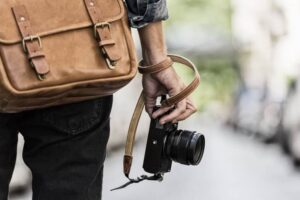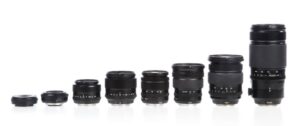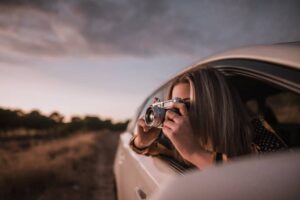One of the most common reasons photos get rejected from stock photo agencies is poor focus.
That doesn’t mean that the entire photo must be in focus. Sometimes you want to blur the foreground and/or the background for effect.
But the subject of your photo must be in good, sharp focus — even when you view the photo at 100%.
As you’ll remember from a few issues ago, I’ve been shooting a lot of photos with my quick and cheap poster board method — either on my back deck or inside next to the window if it’s raining. In experimenting, I found a few tricks that make it easier to get good focus on your subject when you’re shooting objects up close.
Before I tell you what they are, take a look at these two photos I took today. Can you see the difference between them?
Photo 1:
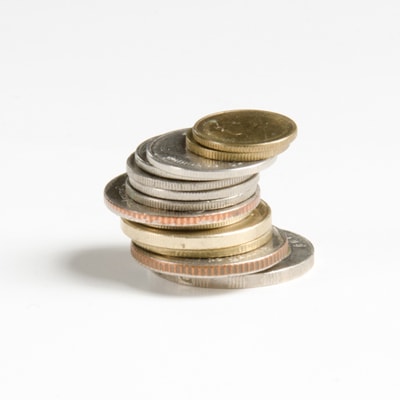
Photo 2:
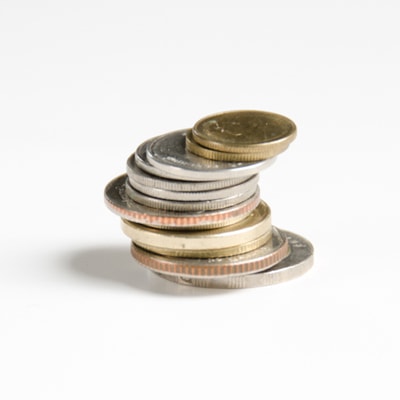
At this size, you probably can’t see any difference. I can’t. But when you take a closer look…
Up Close – Photo 1:
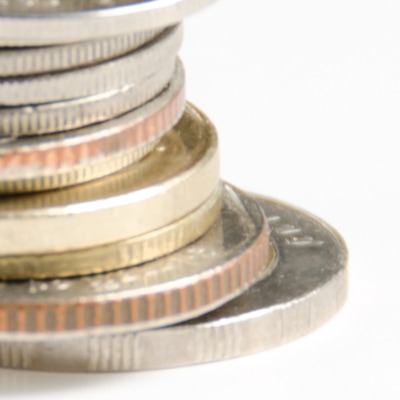
Up Close – Photo 2:

… You’ll see that Photo 1 is blurry, while Photo 2 is in much better focus. This is why it’s important to view all of your photos at 100% before submitting them to stock agencies. Photos that have a blurry main subject will not get accepted, and won’t make you any income. Here are some tricks to make sure you’re getting good focus in your photos so that they’ll start making more… you know… cents:
- Check your photos as you shoot. Either zoom in on the back of your camera, or plug your camera into your computer so that you can see the photos much larger as you take them. This is called “tethering,” and I’ll talk about how it works in a later issue.
- Use a tripod. This is a must. If you hold the camera in your hands when you press the shutter, it’s likely to shake and cause motion blur.
Use a remote or your camera’s timer. I have a little digital remote for my camera that I can press to set off the shutter so that I don’t have to touch the camera and cause it to shake. If you don’t have one, you can also set the timer on your camera to 2 or 6 seconds. This lets you hit the shutter and let go of your camera, giving it time to stop shaking before it takes the shot.
Bonus Advanced Tip: Use a larger f-stop. This results in a smaller opening in your lens, and a deeper depth of focus. This one was a big breakthrough for me. I took that first photo at f-5.6, and the second one at f-22.
When you shoot with a larger f-stop number, you have a wider depth of field. So you’re more likely to get the part of your photo in focus that you want. This is especially important when you’re shooting up-close and/or zooming in on objects.
Note: This only works with stationary objects that you’re shooting using a tripod, where you can leave the shutter open longer, letting more light in. No matter what you do, take lots of photos and experiment. Don’t snap two shots and call it good.
The more photos you take, the more you check them as you go, the more likely you’ll be to come away with something you can sell.



